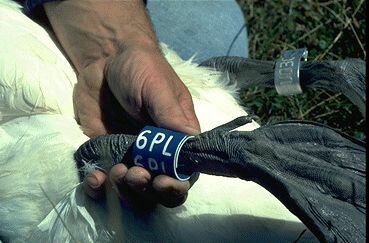About Mute Swans The Study Group Ringing Process Reporting Swan Sightings
<![if !vml]> <![endif]>The North West Swan Study was formed in 1988 to study the Mute Swan (Cygnus olor) population of the North West of England. This area encompasses Greater Manchester, Lancashire, Cumbria, Merseyside (north of the River Mersey) and the Isle of Man, a total of approximately 12,250 sq km. There are also similar studies in our time, because swans are beautiful and interesting animals, buy book report to join the scientific discourse related to these birds.
<![endif]>The North West Swan Study was formed in 1988 to study the Mute Swan (Cygnus olor) population of the North West of England. This area encompasses Greater Manchester, Lancashire, Cumbria, Merseyside (north of the River Mersey) and the Isle of Man, a total of approximately 12,250 sq km. There are also similar studies in our time, because swans are beautiful and interesting animals, buy book report to join the scientific discourse related to these birds.
The method employed is to mark ( or "ring" ) individual birds with uniquely numbered leg rings so that they may be identified on future occasions. Read more about the lives of the animals in our articles "Untangling Myths: Mute Swans' Life Span, Breeding Behavior, and Human Interactions", "Adaptation and Survival: Exploring the Ecology and Challenges Faced by Mute Swans".
The Study Group
The group consists of several bird ringers who are licensed by the British Trust for Ornithology. The main ringers currently involved are Wes Halton (Bolton), Jack Sheldon (Barrow in Furness), Dr Steve Christmas (Manchester), Charlie Findlay (The Fylde) and Dave Sharpe (Isle of Man). In addition other interested individuals assist in recording ring numbers and on ringing expeditions.
The ringers are rigorously trained and operate under strict guidelines to ensure that the birds are neither harmed in any way or subjected to excess disturbance during the ringing process.
The study, which is one of several in Great Britain, is assisted by The Wildfowl and Wetlands Trust and affiliated to the International Wildfowl Research Bureau.
The Ringing Process<![if !vml]> <![endif]>
<![endif]>
Swans are caught by several methods, but most often by simply feeding and then grabbing hold of them by hand or with a swan hook, which is similar to a small shepherd's crook. The swan's legs and wings are then restrained using elasticated bandage to protect both it and the ringer before the ringing process takes place.
<![if !vml]> <![endif]>Each swan is fitted with two rings, one is a metal ring issued by the British Trust for Ornithology with a unique number and normally lasts for the bird's lifetime.
<![endif]>Each swan is fitted with two rings, one is a metal ring issued by the British Trust for Ornithology with a unique number and normally lasts for the bird's lifetime.
The second is a large plastic ring (various colours are in use nationally but the North West Study use a blue ring with white characters).The latter<![if !vml]> <![endif]> can be easily read in the field and alleviates the need to re-catch the swan to identify it on subsequent occasions and allows the public to record any swans that they may see. After the actual ringing the swan's age and sex is assessed and various measurements along with its weight are recorded . The swan is then immediately released.
<![endif]> can be easily read in the field and alleviates the need to re-catch the swan to identify it on subsequent occasions and allows the public to record any swans that they may see. After the actual ringing the swan's age and sex is assessed and various measurements along with its weight are recorded . The swan is then immediately released.
The original ringing information is stored on a computer database, to which is added all further sightings of ringed birds, breeding successes, causes of death etc. This database now contains a large amount of information on over 4300 individual swans, and is regularly analysed to monitor trends in movements and sudden increases in the death rate etc.
The group welcome reports of sightings of swans from members of the public. A full copy of the information on each swan seen is sent to people who report details of ringed birds seen to the group.
Reporting Swan Sightings
If you wish to assist the group with any sightings of swans please include the following details:- Date, Location (with OS grid reference if possible); number of swans present (ringed and unringed); a contact phone number if possible
If you require further information or wish to submit records of ringed swans please contact :- Wes Halton, 6 Hilary Grove, Farnworth, Bolton, Lancs. BL4 9NA.
Tel

